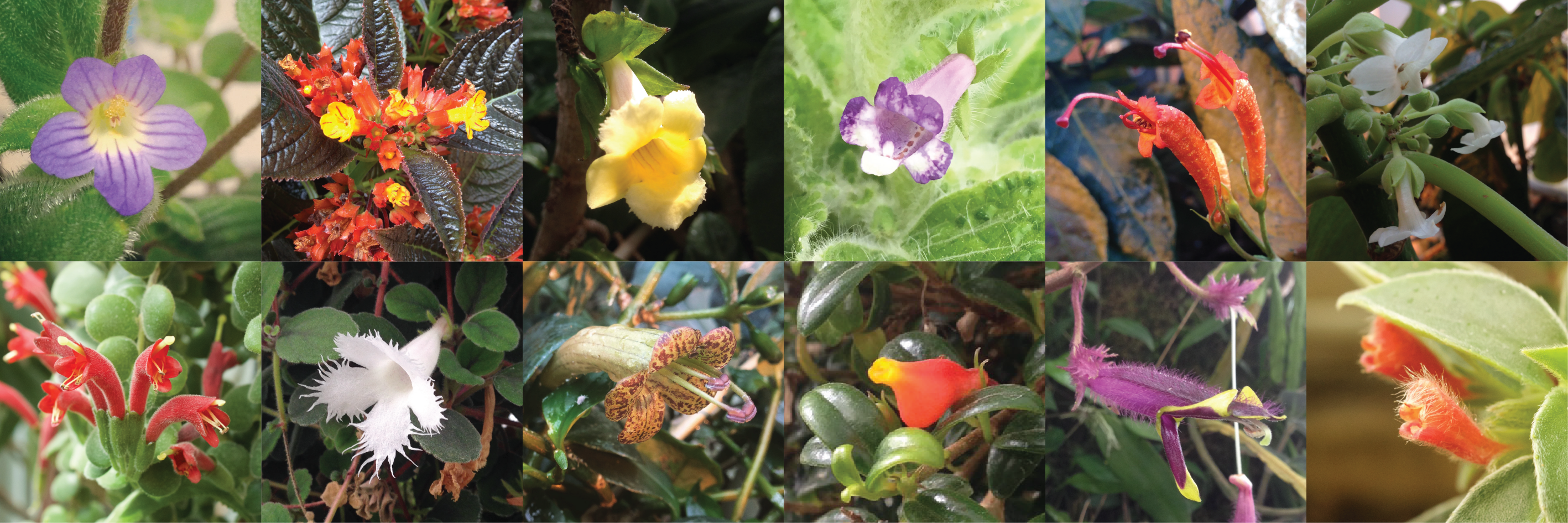Research
Evolutionary and ecological genomics in diatoms
Diatoms are one of the most species-rich and diverse lineages of microbial eukaryotes. They are found in nearly all marine and freshwater habitats where they form the base of most aquatic foodwebs and contribute to an estimated 25% of global primary production. The order Thalassiosirales represents an abundant and widespread lineage of centric diatoms that have made the transition from marine to freshwater habitats repeatedly over millions of years. To understand the genomic and genetic processes involved in these marine to freshwater transitions and adaptation, I have sequenced complete genomes and transcriptomes from across the order. I use these resources in multiple ways to examine these adaptations, including:
- the estimation of phylogenomic relationships and the frequency of marine-freshwater transitions (Roberts et al. 2023),
- the evolution of genome size and its impacts on diatom community ecology (Roberts et al. 2024),
- the evolutionary dynamics of repetitive elements in the genome (Roberts et al., in progress), and
- the impacts of genome duplication and gene family evolution (Bryłka et al. 2023, Roberts et al., in progress).
We have already released an updated version of the Cyclotella cryptica genome assembled using Oxford Nanopore long reads (Roberts et al. 2020) and will be releasing additional reference-quality genomes (Roberts et al. 2025).
Other ongoing collaborative projects are investigating several evolutionary and ecological questions, including:
- the largest phylogenomic analyses of the entire diatom lineage that revealed the timing of diatom evolution (Alverson et al. 2025),
- the population genomics of the Baltic Sea colonization and adaptation by the diatom Skeletonema marinoi (Pinseel et al. 2025),
- the species delimitation of a cosmopolitan marine diatom using both genome resequencing and global metabarcoding datasets (Roberts et al., in prep),
- the analysis of over 60 new chloroplast and mitochondrial genomes from the Thalassiosirales to explore evolutionary dynamics in these organelles (Ruck et al., in prep),
- the evolution of gene expression in a set of freshwater generalist and specialist diatoms to identify genetic pathways important for freshwater adaptation, and
- myDiatoms, a citizen science project that aims to introduce students, naturalists, and the public to diatoms and help us document diatom biodiversity across aquatic habitats in the United States.
While diatoms are predominantly photosynthetic, there are examples of species where photosynthesis has been lost. We sequenced and annotated the first genome of a nonphotosynthetic diatom (Nitzschia sp. Nitz4; Onyshchenko et al. 2021). We found the loss of photosynthesis-related genes, evidence for the remodeling of mitochondrial glycolysis to maximize ATP yield, and evidence for the presence of a β-ketoadipate pathway.
Flower evolution in Achimenes (Gesneriaceae)
This work formed the basis of my doctoral dissertation. Achimenes is a small genus of 26 species native to Mexico and Central America that contains enormous variation in floral form that is closely tied to pollinator preferences. To begin understanding the genetic components of floral diversification tied to plant-pollinator relationships, I examined the floral transcriptomes for 10 species of Achimenes. I estimated species relationships and found evidence for introgression between species pairs with similar floral form and pollination syndromes (Roberts and Roalson 2018). I also performed comparative analyses of gene expression and co-expression during flower development across the same species to identify pathways and genes relevant for flower diversification (Roberts and Roalson 2017, Roberts and Roalson 2020). I maintain a personal collection of 20 Achimenes species and continue to research their floral development and morphology.

Diversification patterns in Gesneriaceae
The Gesneriaceae (African violet family) represents a large lineage (>3500 species) with an enormous amount of morphological diversity, particularly in floral form and growth form. The family is known for its diverse flowers that are visited by a number of different pollinators, as well as containing a high number of epiphytes, lithophytes, and unifoliate plants. I constructed a dated phylogeny of 768 species and used it to examine the impacts of geography, pollination, and epiphytism on diversification dynamics. I separately examined the neotropical and paleotropical Gesneriaceae and found evidence that hummingbird pollination, geography, and epiphytism had an impact on increasing diversification rates (Roalson and Roberts 2016).

